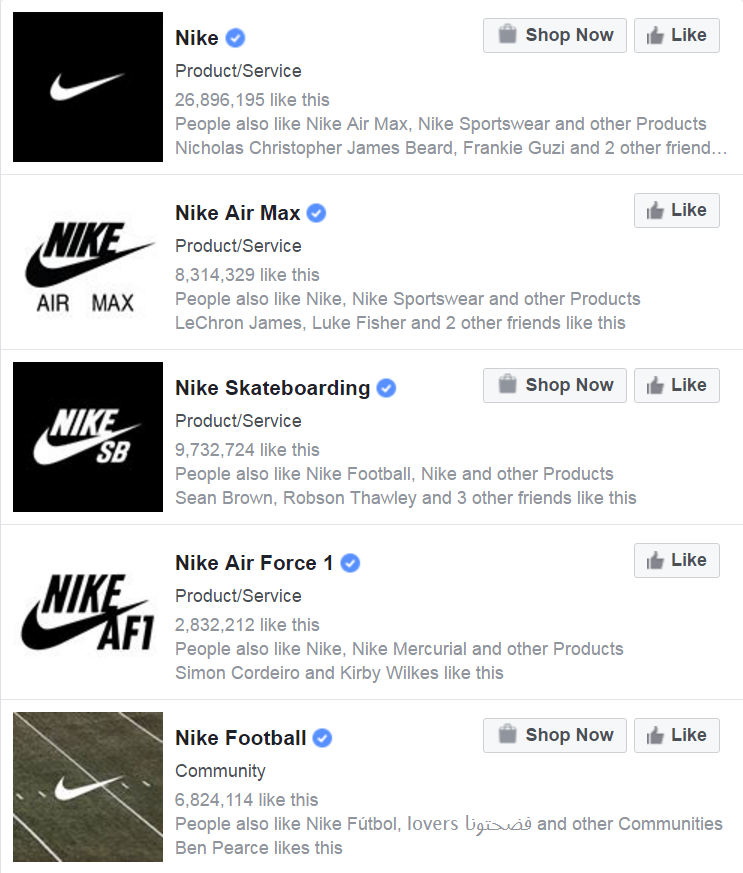September 15, 2016
Most brands focus on building their community on one page, but should they be putting all their audience under one umbrella?
Big brands like Nike and The Huffington Post which have huge product ranges or cover a variety of topics have been segmenting their communities based on topics, location, or audience with multiple pages.
Algorithm changes across all platforms have changed the way brands should deliver content. A good example is how Facebook algorithm and ads platform has changed the way people consume content on the channel. Content is now being consumed directly from news-feeds and not from brand pages, which can also be said for Twitter.
Both Twitter and Facebook have made major changes to their algorithm, to make sure that the content being served to audiences is relevant. So should brands be using one Facebook page or one Twitter account, when not all their products or topics are relevant to that audience?
Nike is a huge brand known all over the world that has branched out into a number of sports and industries, and for this reason they have a multitude of different accounts on social.
Publishers like Buzzfeed, Mashable and The Huffington Post have over 20+ pages or accounts on Facebook, and Twitter. These accounts typically use a Hub and Spoke model, where each brand/topic channel will produce its own content and the main brand page republishes the best performing posts.
The value of creating different Facebook and Twitter pages for different topics, product lines or even locations is that communities can be formed around mutual interests and content can be tailored specifically for that audience, meaning followers see exactly what they are interested in.
Both Twitter and Facebook use algorithms that prioritise popular content so by segmenting your audiences and only serving them content they are interested in, brands increase the effectiveness of their organic reach.
But segmenting your audience doesn’t only help get the most out of organic reach, it is also hugely beneficial for paid advertising. Each channel is full of people that have shown a direct interest in a product or topic, giving a paid advertiser a pre-made bucket to target and collect data through audience insights.
The magic doesn’t stop there, brands can also use the audience they already have to create lookalike audiences. Lookalike audiences typically share the same interests as a brand’s current audience. This ultimately makes social advertising less risky and more cost effective, as the content is more likely to be relevant and cost less per engagement or click.
Multiple pages may not be suitable for all brands, especially small brands or brands with a niche proposition. Building a large following on a social channel requires huge investment. Each community on each channel will need to be micro managed with separate content and paid marketing strategies.
But opening a social media account is free, so there is no harm in experimenting with this approach and if it doesn’t work you can revert back, and at least your brand has claimed the channels for the future.

